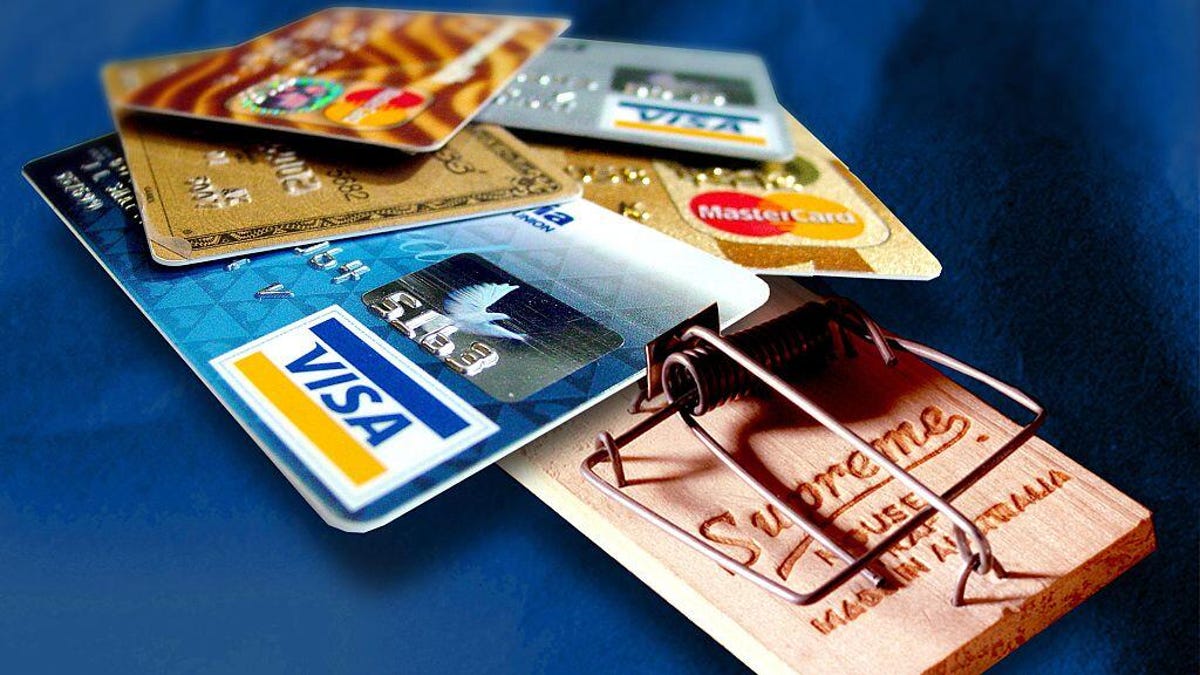US Credit Card Debt Hits $1.13 Trillion as High Prices Persist
The overall balance rose by $50 billion in the fourth quarter of 2023, according to a report from the Fed of New York.

Total credit card debt reached another record high in the fourth quarter of 2023, according to the latest Household Debt and Credit Report from the Federal Reserve Bank of New York.
The outstanding balance grew to $1.13 trillion, an increase of $50 billion over a 90-day period. A spike in credit card debt for the fourth quarter is common as consumers spend more during the holiday season. This behavior is usually followed by a payoff period in the first quarter, but last year the overall balance remained flat quarter-over-quarter for the first time in nearly two decades.
Related: Maxed Out: Inside America's Credit Card Debt Crisis -- and What We Do Next
In addition to a record-high balance, average credit card APRs reached a new high of 21.47% in November, the latest data available from the Fed. Together, higher debt balances and higher APRs create a one-two punch that further exacerbates the credit card debt crisis.
Credit card delinquencies, defined as being more than one month behind on required minimum payments, also went up, reaching an annualized rate of 8.5%.
Many are borrowing more money to make ends meet -- and it's not just credit card debt on the rise. Home equity lines of credit (HELOCs) increased by $11 billion and auto loan balances increased by $12 billion in the same 90-day period, the FRBNY report found. Some are also leaning more into short-term loans in the form of buy now, pay later; use of BNPL on Cyber Monday 2023 rose 42.5% year-over-year, according to Adobe Analytics.
Federal student loan repayment may be contributing to credit card users' distress. Repayment resumed in October for an estimated 44 million borrowers, giving them one more monthly debt payment to manage. Borrowers were given a grace period through Sept. 30, 2024, to start repaying their loans without it affecting their credit score, so we won't know the full impact of payment resumption until next fall.
If you're struggling with credit card debt, get back to basics with a clear budget and payoff plan. Look into getting a balance transfer credit card that has a longer balance transfer period, which can give you relief from interest payments for a period of time and help you make a dent in your debt. If your debts feel insurmountable, consider a debt consolidation loan or debt settlement options.
To prevent debt in the future, consider treating your credit card like a debit card to avoid overspending. If you're someone who tends to carry a balance, resist the temptation to get another credit card for the signup bonus alone, as the interest accrued will quickly cancel out any perks or rewards.

